Charting the Sea of Stars.
Last year’s Chained Echoes was a genuinely impressive effort to capture the look and feel of the classic JRPG. Its story, visuals, and gameplay were absolutely incredible, securing it as my Game of the Year. So, when I started to take more of an interest in Sea of Stars, the latest by Sabotage Studio, I certainly had high hopes for it, given the titles it too was inspired by. While Sea of Stars impresses with an engaging series of combat mechanics, memorable characters, and some fun traversal systems, as well as some gorgeous visuals. the narrative built around it didn’t always keep my attention.
Sea of Stars places you on the path of two Solstice Warriors; Zale, a Solar Blade Dancer, and Valere, a Lunar Monk. While you choose one at the start of the adventure, that choice only serves who you control as you wander about and has no bearing on the actual story or moment-to-moment gameplay. Once chosen, you’ll take part in a few battles before the pair set up camp, reminiscing about old times, as you’ll then flashback to a time when they were kids, acting out adventures alongside their dear friend, Garl.
The trio were inseparable, talking about how they would continue to go on adventures, even knowing full well that they were gifted in ways that Garl was not. In fact, both Zale and Valere were delivered during their respective solstices by the Great Eagle and were not born in the traditional ways of the other children in their village. They were children of destiny, meant for greater things whether they wanted it or not.
This flashback illustrates to us how the pair would then be trained for battle as Solstice Warriors, under the tutelage of Headmaster Moraine, and two fellow Solstice Warriors in Brugaves and Erlina, characters that act as mentors to the pair, giving their own brand of advice and assisting in the training that would keep them alive on their adventure. This flashback also conveys how dangerous the life of a Solstice Warrior can be, showing the cost of involving those who lack the ability to wield the powers of Luana and Solen, the Goddess and God of time long past.
Once the pair then continue on their training and set out to find a sacred place to learn of their own prophecies, on the orders of Headmaster Moraine, they encounter Garl, who has been waiting these many long years to reunite with his friends, eager to share in the adventures they would often dream about. The trio then set out to complete their mission, meeting new friends and allies, discovering new foods to heal them in battle, and of course, saving the world from the doom and gloom of an evil force simply known as the Fleshmancer.
The bulk of the game’s opening hours is where I found myself not as attached to the main story as I would have hoped. It also didn’t help that Zale and Valere felt interchangeable in their personalities and never felt like unique individuals. While the game’s first major story revelation certainly brought me on board, those opening eight or so hours felt like ages when compared to the pace that quickly escalates once the stakes are truly set before you. And while I didn’t quite find the resolution to the story that I personally was expecting, Sea of Stars still provided a pretty damn thrilling and well-paced narrative that made me really invested in its cast and the emotional hook present in the story. It took a bit to get there but when it did, I didn’t want it to end.
A great deal of Sea of Star’s appeal is in the game’s gorgeous sprite work, its collective of interesting characters, the world you explore, and how you explore it. All of this translates into a game that is as fun to explore as it is to venture to new and exciting places. Sea of Stars also boasts plenty of ways that you’ll interact with the environment, from swimming to climbing to using a grapple shot to fling you over to other platforms, the mobility you have to explore really opens up each location in ways you don’t normally see in returning to the classic feel of an older JRPG. While some tools can present locations to have a Metroidvania-like design to them, you rarely find the need to backtrack in ways that truly benefit the retread apart from the occasional spot that likely stumped you on your first go around.
When on land and exploring this world, you’ll encounter puzzles and various methods to use those traversal skills. This is anything from playing a game of concentration, using your powers of the sun and moon to affect time, to sliding around a series of blocks, to moving around platforms to funnel a ray of light through. While most of these puzzle moments won’t stump you, I did find a few sliding block puzzles to be some of the more frustrating ones, especially when some puzzles later on are practically solved for you. Still, they are a nice distraction from combat, and many are wildly creative.
While a bulk of the game is on foot, you’ll eventually have access to a ship to sail around the ocean in, loaded with a pirate crew that you’ll come to know pretty extensively, especially that of its Captain, Klee'shaë. (Go ahead, say that out loud). This allows a greater freedom to explore as you track down new characters to bring into your party as well those who will join your cause but not take part in battle, such as the traveling historian, Teaks, who is there to share in some of the backstory present in the lore and witness your journey to save the world.
Without diving into the cast of characters that haven’t been announced or shown off, my personal favorite in the game was Seraï. This mysterious assassin can cut portals out of thin air with her daggers and is overally just a vastly interesting character. I enjoyed her the most, especially as you start to dig away at who she truly is and what has caused her to join you in the first place. While I did enjoy Garl as well, at least after the game’s first big moment, Seraï was nonetheless the standout here and a character I’ll truly remember.
Like any JRPG worth its salt, combat is the major component of its adventure as it makes up a bulk of what you are actually doing. While some of its systems can feel a tad repetitive after a dozen or so hours, Sea of Stars nonetheless has a very active and engaging combat system that constantly demands your attention. Battles take place in a turn-based affair as you encounter enemies and bosses within the existing battlefield. While some of these battles have your party being ambushed or surprised, you can also use your grapple shot to catch enemies off guard and sneak in a cheap hit.
While the game features a wealth of great enemy designs and attacks that you’ll have to watch out for, Sea of Stars sports a collection of very engaging boss encounters. From those that are humanoid and more of your size to massive creatures that fill the screen, these fights have a series of repeated mechanics that keep the battles flowing and incredibly exciting.
Combat in Sea of Stars is very similar to the likes of Mario and Luigi: Superstar Saga as your attacks during your turn can be enhanced when you time your hits correctly. This is also the same case as timing when you get hit can also lessen the damage you receive. Special attacks also require timely button presses to power it up or hold down the button and charge up the skill. One attack, in particular, has you timing the throwing of a dagger as Seraï will leap out of portals one after another. This keeps your attention on the battle instead of just going through the motions.
While the bulk of your attacks and special attacks remain the same after the game’s opening hours, you’ll track down and learn combo attacks that allow you to perform an attack with a partner such as healing or ricocheting a blast to hit every enemy in front of you. Some encounters can take quite a while to push through, allowing you to benefit from the pretty sizable collection of combo attacks that grow with each new party member.
While standard attacks don’t cost MP to use, skills however do. Thankfully, those regular attacks grant MP on hit, allowing you to charge up your MP as the battle progresses. You’ll also develop the ability to generate what is called Live-Mana, powerful orbs that can enhance the key abilities of each character. In order to get the most out of your attacks, you want to keep enough orbs on the battlefield to then fuse into three larger orbs, boosting your attacks significantly, especially as you can charge your basic attacks with your particular element.
Lastly, you have two meters that charge up as you perform attacks, skills, and combo attacks. The combo meter can hold three charges as your combo attacks can either take a single charge, two charges, or three charges, depending on the attack. The final meter is your special guage which allows you to perform a special attack with whatever character you choose. These range from Valere dropping from an impossible height with the full might of her moon power to Zale charging down to the surface with a mighty fireball.
What complements the combat system is a system called Locks, these are icons above an enemy that illustrate what attacks you need to do to either weaken their power or prevent them from attacking entirely. As each character has a certain combat type, from blunt weapons to blades, to poison, you’ll need to swap out fighters during battle to take advantage of this system. I’ve been able to stop a boss from attacking for multiple turns by doing this, granting you the time to heal up your party or dish out some major attacks as you charge those important meters. It’s a system that allows all your options to mean something more than just depleting their health bar or preparing for an attack.
Combat itself can be fairly challenging, but Sea of Stars allows you to tinker with some aspects of its difficulty. When you complete your initial training, you’ll be given a few relics with the ability to buy more once you find your first town. These relics allow you to reduce the amount of damage you take, grant you more health, and reduce the cost of items in shops, as well as automatically perform the timing of your attacks. There is also a relic that fires off a flare when you perform the timed block correctly, allowing you to have a definitive answer if you pulled that block off at all. While Final Fantasy XVI had a similar system, you had to equip those items and subsequently be denied the use of other items for those slots. Here, it’s an item that unlocks a menu where you can either make the game easier or harder for yourself.
As you vanquish foes and progress through the story, you’ll have a universal experience system across your team. This allows everyone to level up at the same time, granting you a bonus trait to level up such as more health, better physical or magical defense, to simply more MP. While some encounters will chip away at that old experience bar, major bosses put a significant chunk into leveling up. Sea of Stars also does a great job at keeping the challenge to where you are currently without feeling like you should be grinding or that you feel too overpowered. It’s a great balance that works well and keeps the game consistently challenging.
With a soundtrack that features the likes of Chrono Trigger’s Composer Yasunori Mitsuda, Sea of Stars is a very engaging trip inspired by several games of the past. Its story doesn’t always remain as engaging and combat can feel a tad repetitive in the game’s last few hours, but I nonetheless enjoyed what Sabotage Studios has done here with the hope that it isn’t the last we will see of Zale and Valere. While the road to the game’s finale wasn’t always a smooth one, I certainly found myself enjoying the view.
Developer - Sabotage Studio. Publisher - Sabotage Studio. Released - August 29th 2023. Available On - Xbox One/Series X/S, PS4/PS5, Nintendo Switch, Windows, Steam Deck. Rated - (E 10+) - Mild Blood, Mild Language, and Fantasy Violence. Platform Reviewed - Xbox Series X and also tested on Steam Deck. Review Access - A review code was provided by the PR/publisher for the purpose of this review.



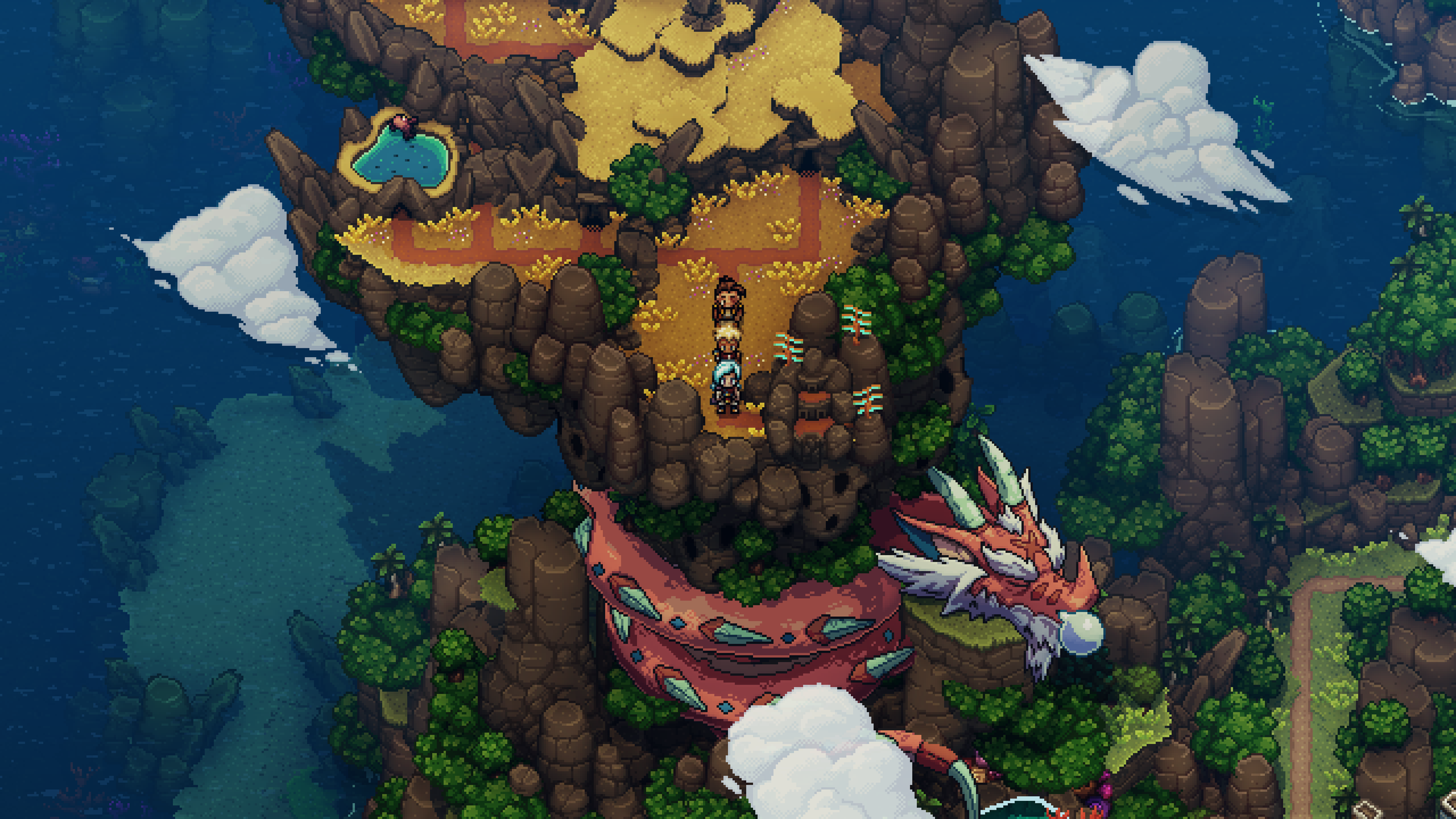
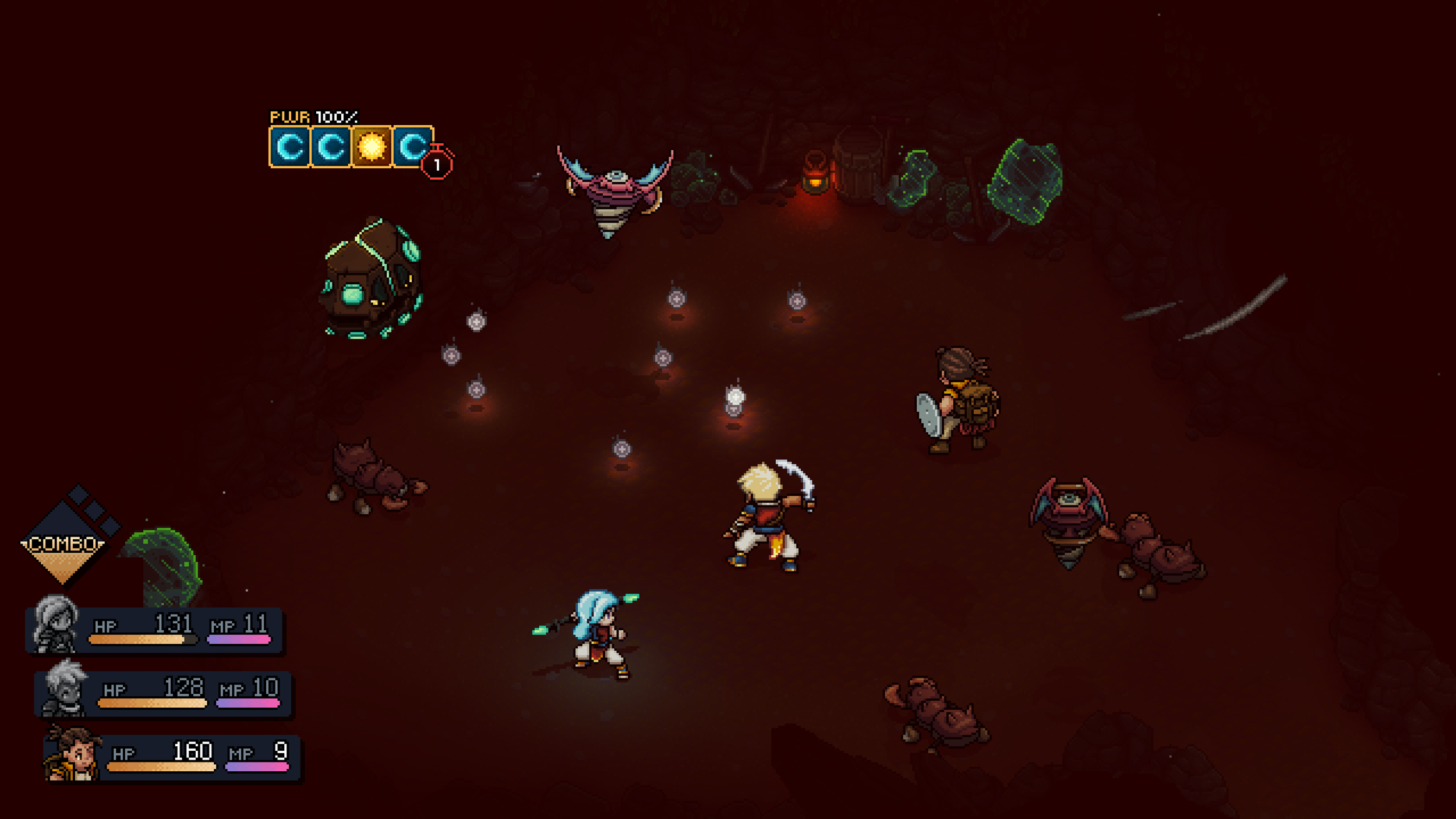
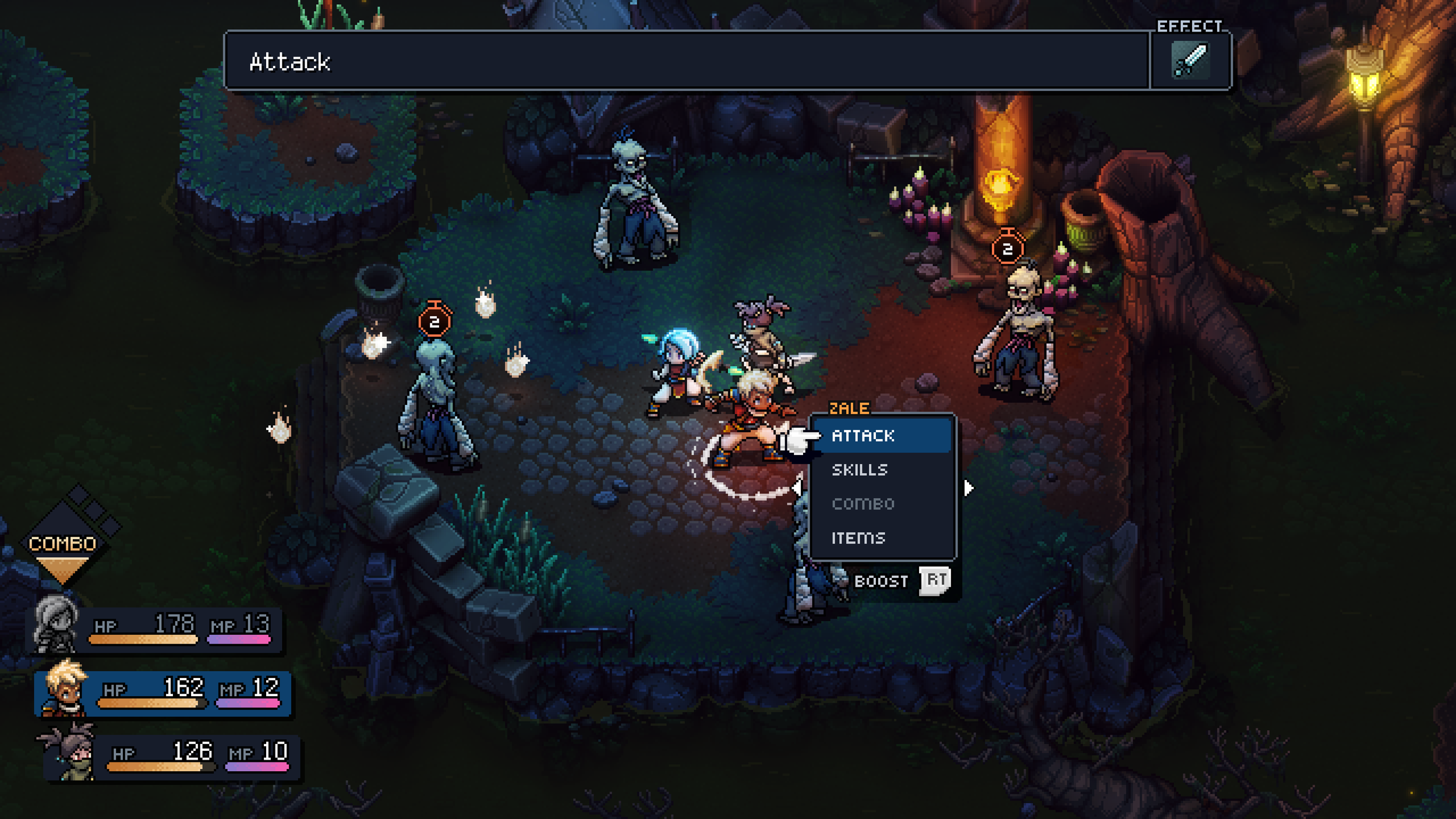
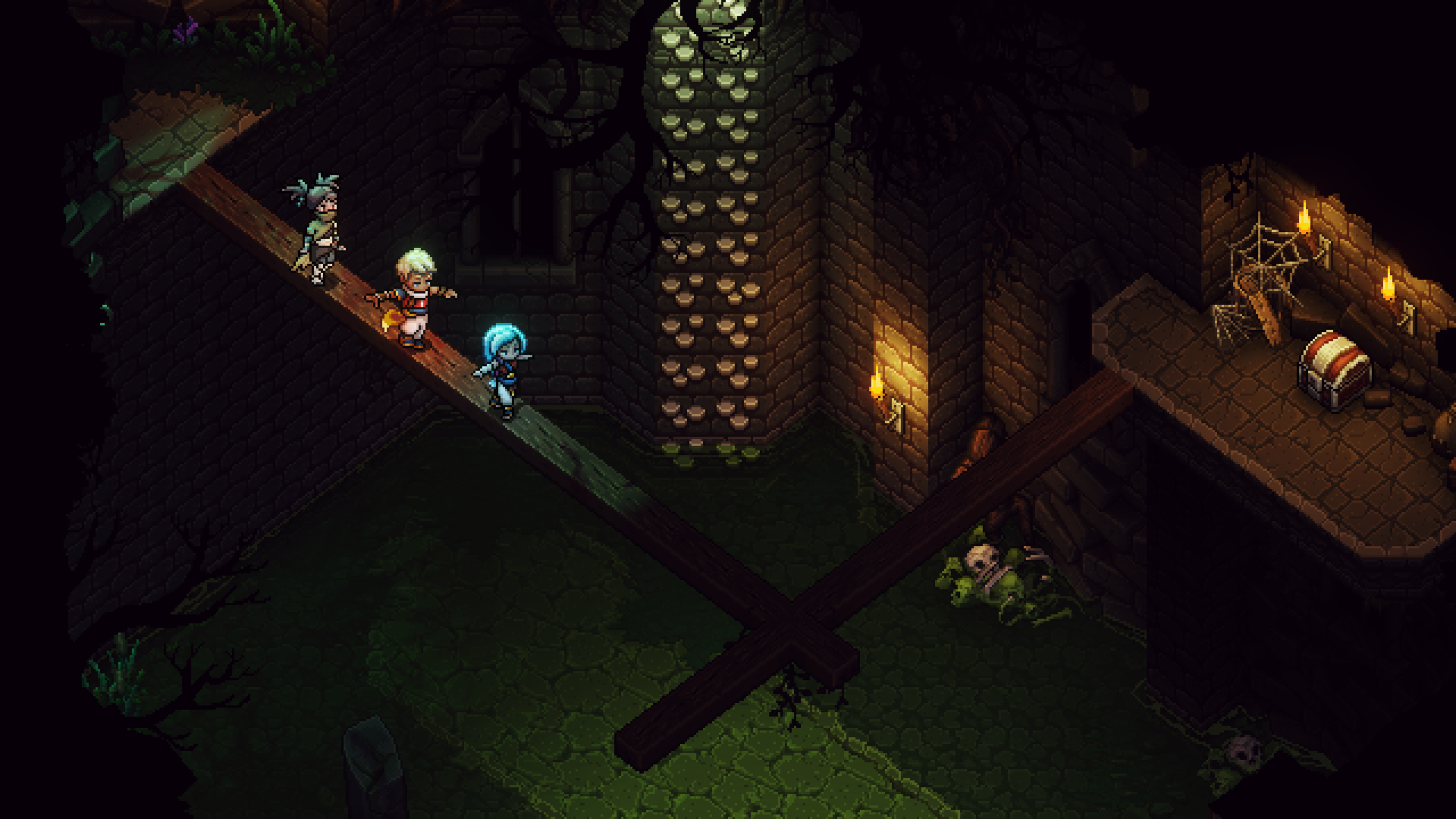



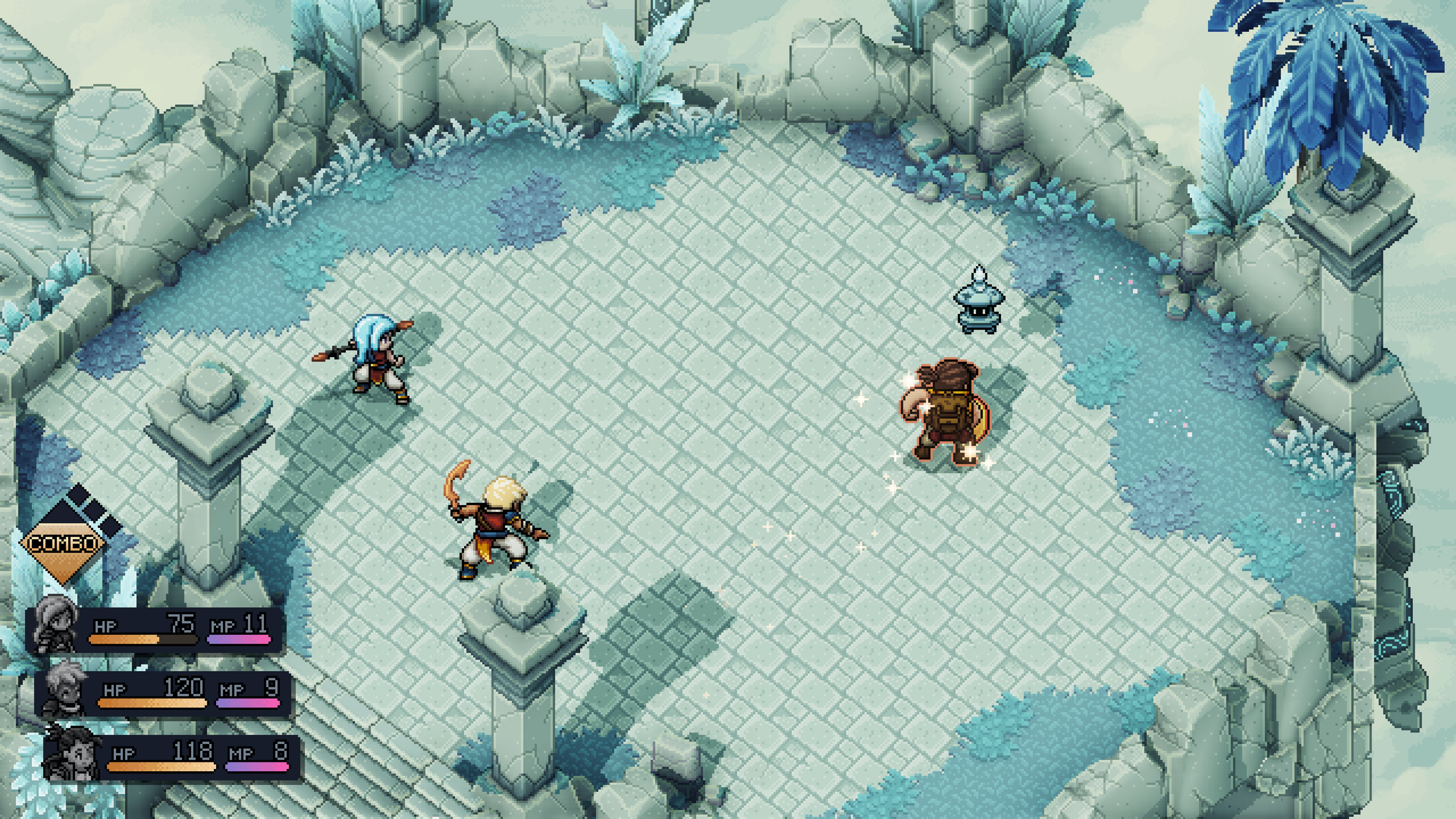
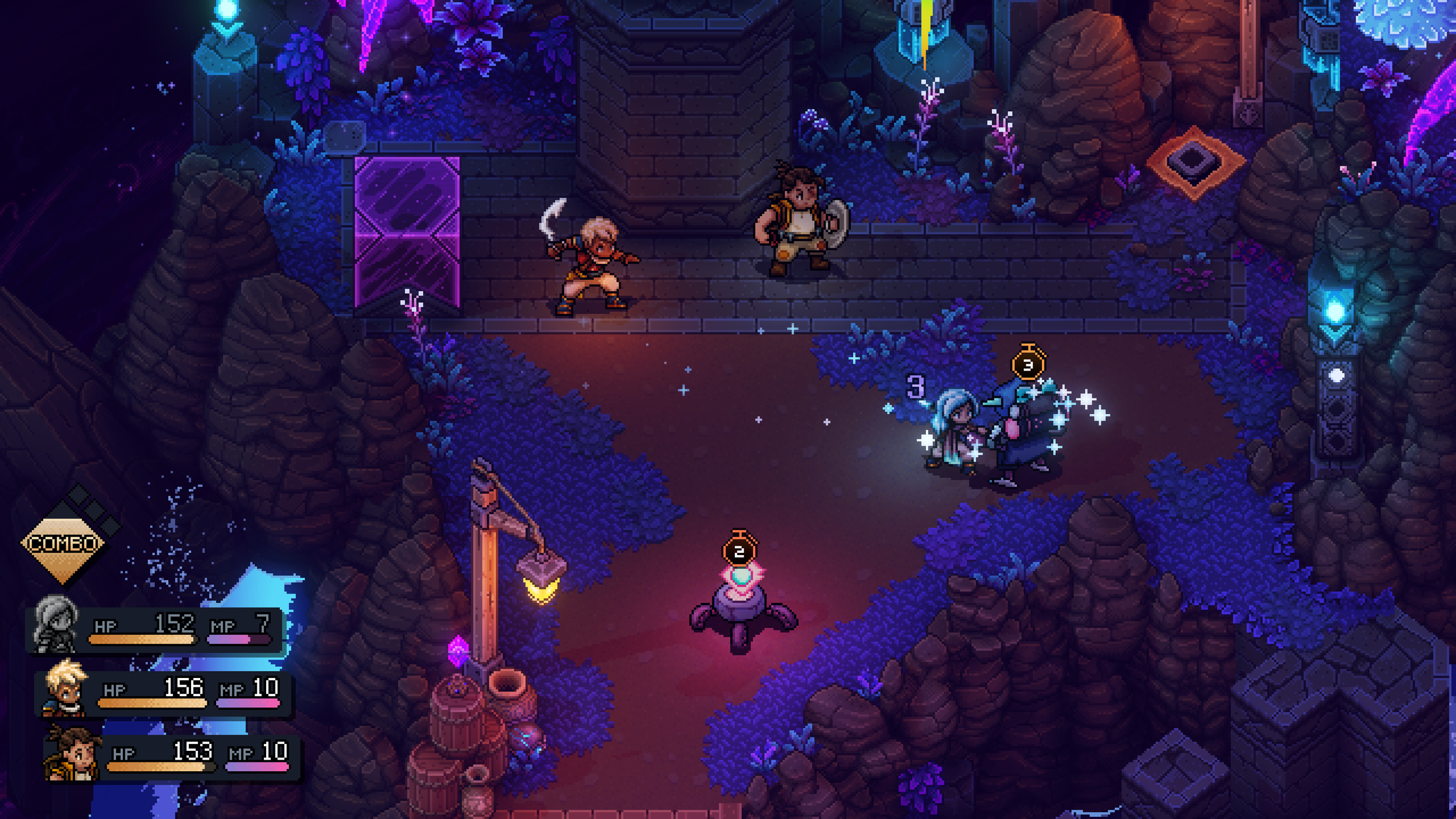

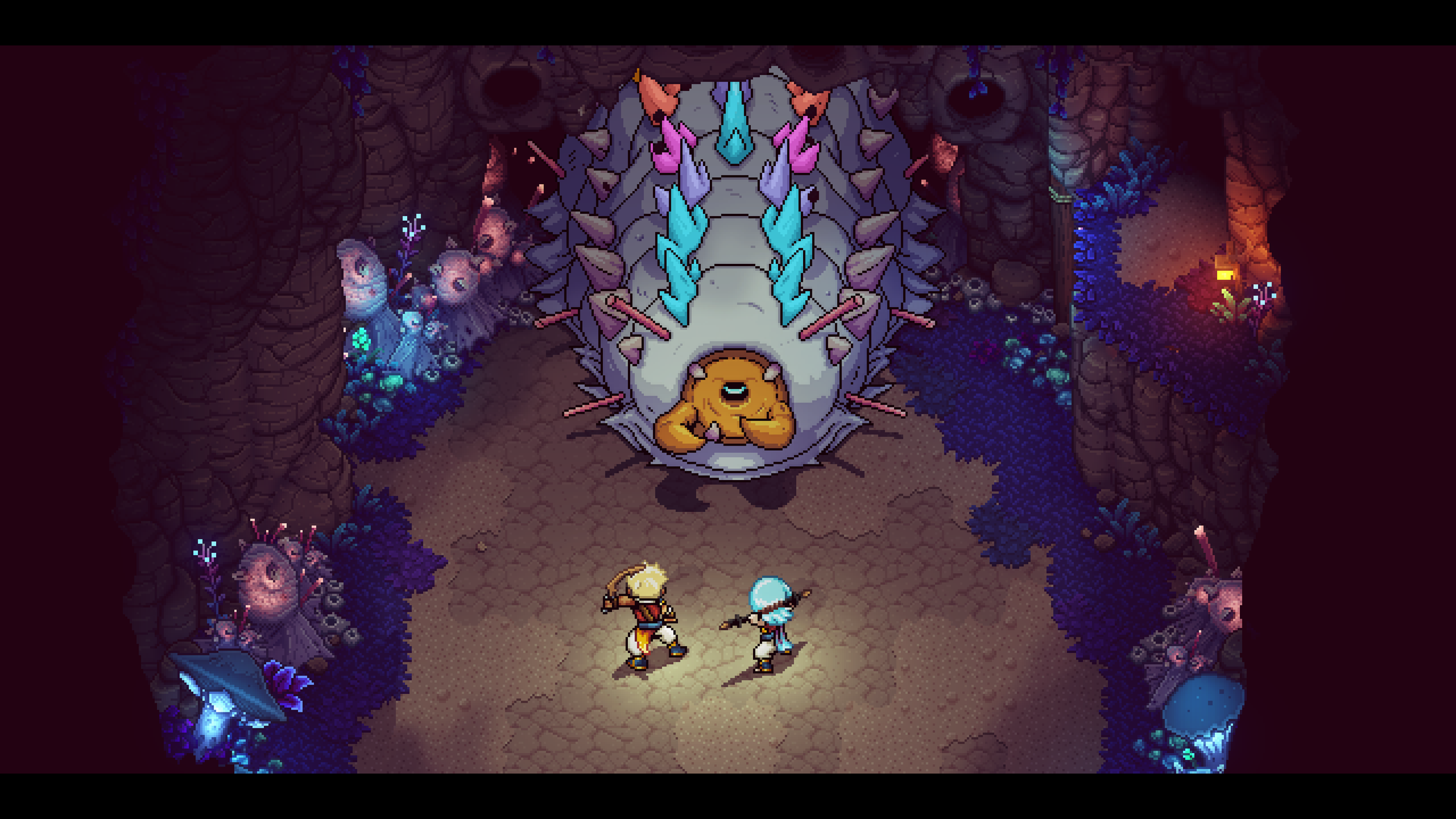
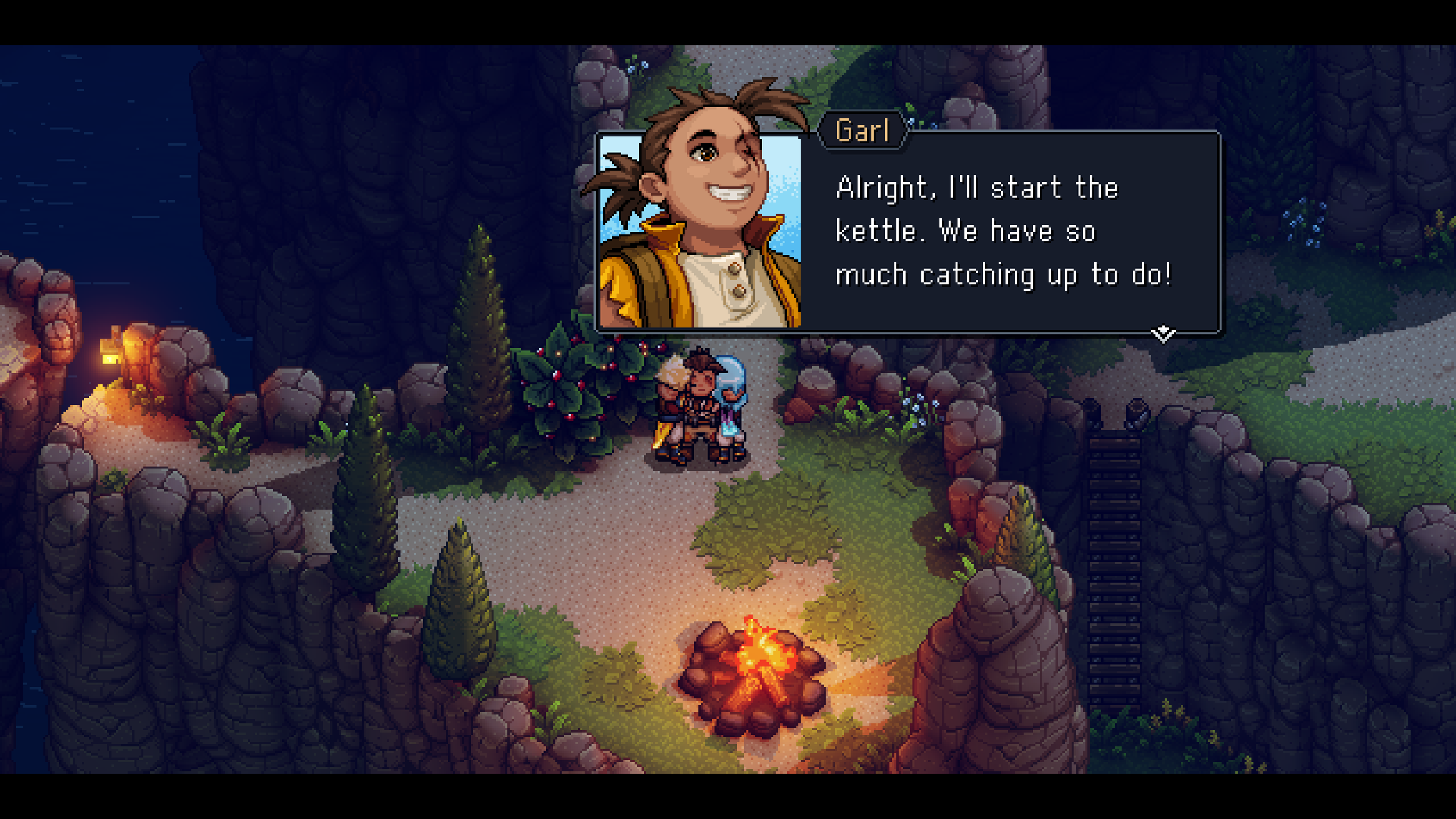

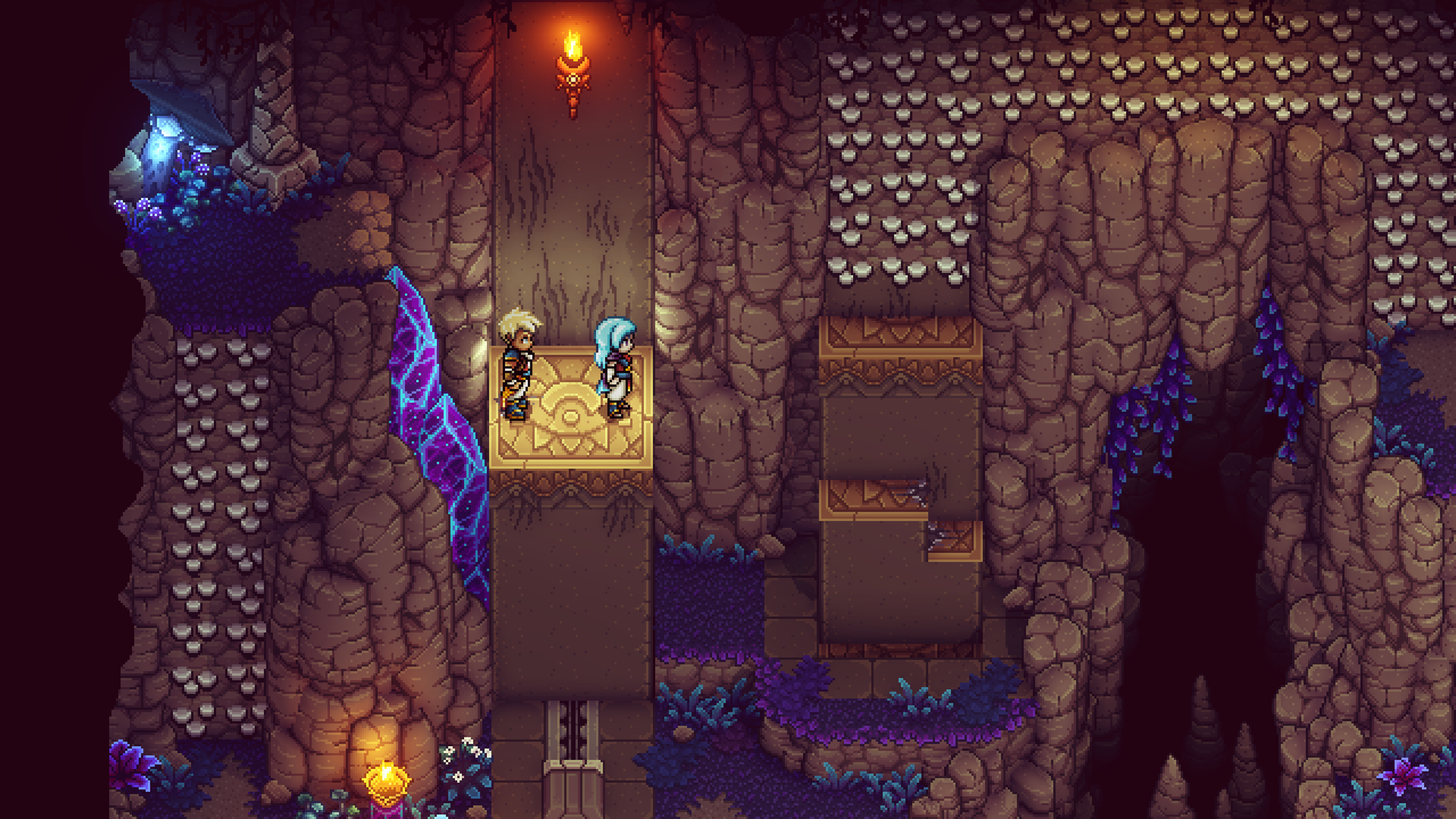

Jeff is the original founder of Analog Stick Gaming. His favorite games include The Witcher III, the Mass Effect Trilogy, Hi-Fi Rush, Stellar Blade, Hellbade: Senua’s Sacrifice, and the Legend of Heroes series, especially Trails of Cold Steel III & IV.